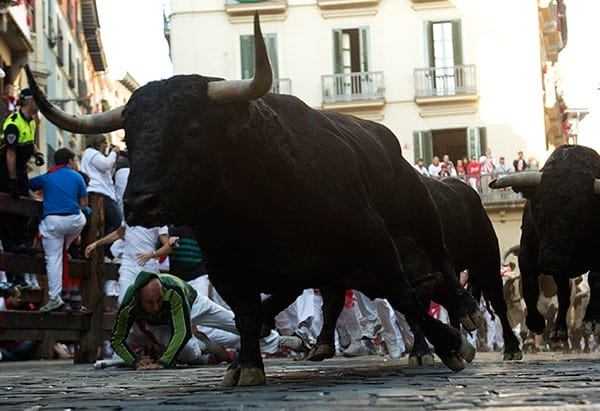Jeremy Siegel wants you to know that the U.S. stock market “is still going up and still has a way to go.”

Photo credit: Shira Yudkoff
To point, on May 16, 2014, the Friday before Siegel presented at Wharton MBA Reunion, the S&P 500 was selling at 1,877—roughly 15.7 times earnings. The median price-earnings (P/E) ratio historically, from 1954 to the present, is 16.55 times earnings.
“How can you say any asset is in a bubble if it’s selling below its average price?” Siegel, Wharton’s Russell E. Palmer Professor of Finance, wondered aloud.
To boot, the last 70 years have largely been a period of “very depressed” P/E ratios, in part because of double-digit interest rates. Remove those interest rates from the historical record, and the median P/E jumps up to 19.
“Do we think double-digit interest rates are coming back any time soon?” Siegel asked.
He continued, “I want you to reflect on the competition today.”
The 10-year Treasury, when corrected for inflation, is bringing in 30 basis points.
As for money market funds,”We have to thank them for not charging us,” Siegel quipped about their negligible returns.
“You can’t talk about pricing equities in a vacuum,” Siegel said, stressing that the fixed-income market is the biggest asset class in the world, and it hardly poses a challenge to stocks for anyone seeking returns.
The leader of the “cult of equities”—as Bill Gross, founder, managing director and CIO of PIMCO, has called Siegel—also deflected another bear worry: U.S. corporate profit margins that are higher than they’ve been in 50 years. In his investigations, Siegel has found that the increase in margins has been caused by three main factors:
1) The rising share of foreign profits

Prof. Jeremy Siegel packed the Annenberg Center’s Zellerbach Theater during his May 17 Wharton MBA Reunion talk. Photo credit: Shira Yudkoff.
2) The increased weight of tech stocks in markets (with tech stocks being low on capital and high on margins by their nature)
3) The low leverage of firms (at near historic lows)
Are any of these factors changing dramatically any time soon?
“There is a better case for margins going up than down,” was Siegel’s answer.
So, room for growth in equities? If the S&P traded at 19 times earnings, it would be at 2,275, 21 percent higher than where it was at on May 16.
Siegel offered up a slightly more conservative prognostication: 18,000 on the Dow and 2,000 for the S&P by year’s end.
“I still think we got legs on this bull market,” he said.
Siegel packed the Annenberg Center’s Zellerbach Theater during his May 17 Wharton MBA Reunion talk, as he does every year. Optimism, after all, is a good way to start a great weekend.


























